Exclusive: News Letter reveals in-depth financial details of entire Irish League premiership – including the amount paid in wages
and live on Freeview channel 276
It shines a light on the behind-the-scenes differences between clubs, showing that teams which might be close to one another in the league standings can be worlds apart when it comes to income.
All these figures stem from just before the Covid crisis, which completely skewed the finances of the Irish League as ticket sales dropped to near zero and emergency grant money flowed in.
Advertisement
Hide AdAdvertisement
Hide AdIt is also important to note that the wages listed here do not just cover footballers.
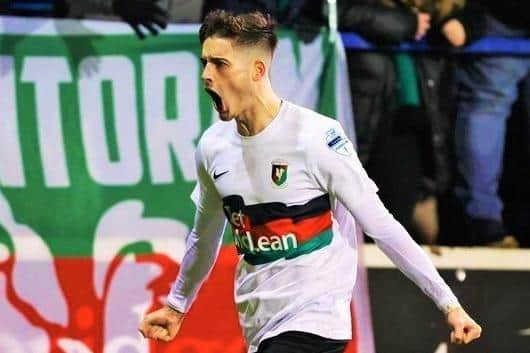

For example, Crusaders led the way in terms of wages during 2019, paying out over £1.1 million.
But the club tells the News Letter that 40% of these wages actually went on non-footballing staff, such as those working at Harry D’s – its big new bar at Seaview stadium which operates seven days a week.
The club refused to discuss how much individual players are paid (as did other clubs contacted).
Advertisement
Hide AdAdvertisement
Hide AdHowever the NIFL has said that at the very least pro players will earn minimum wage (this is between £6.83 for 18-year-olds to £9.50 per hour for those ages 23-plus as of next month), and confirmed that this does “include training sessions and any preparation for matches”, and not just time on-field.
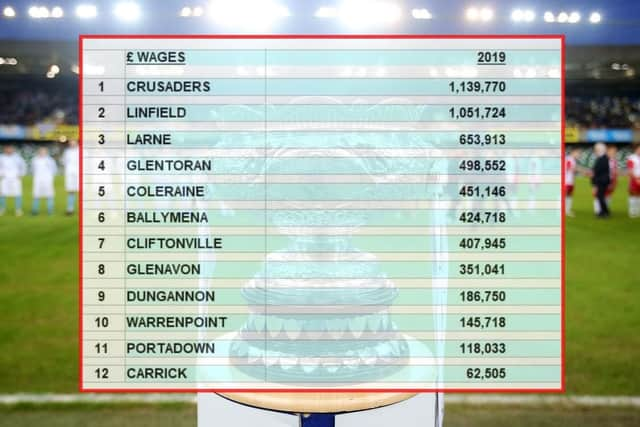

WHERE DID WE GET THE FIGURES?
It is believed this may be the very first time all of this data has been made public.
The News Letter got it all from Sport NI, by way of a Freedom of Information request.
The clubs had to provide the data to Sport NI if they wanted to get funding from the Sports Sustainability Fund – a big pot of cash stumped up by the government to aid sports clubs during the Covid crisis.
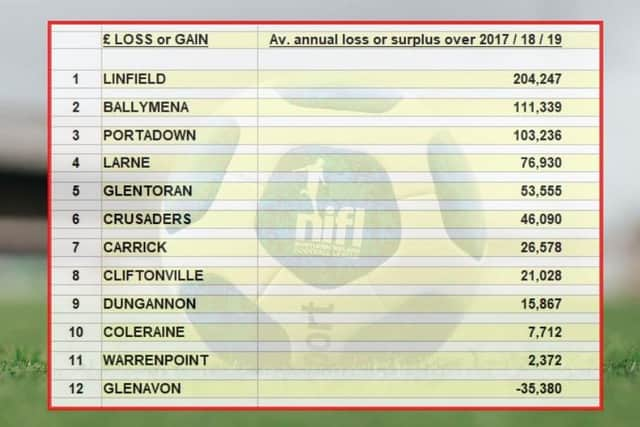

Advertisement
Hide AdAdvertisement
Hide AdNormally, all clubs have to submit annual accounts to Companies House, the UK national register of companies.
But these often do not tell you much, partly because small-scale enterprises are only required to submit the bare minimum of detail.
And while some accounts do give a flavour of things like overall income and assets (such as the value of property the club owns), they don’t go into as much depth as the data we are publishing today.
THE FOUR CORE AREAS:
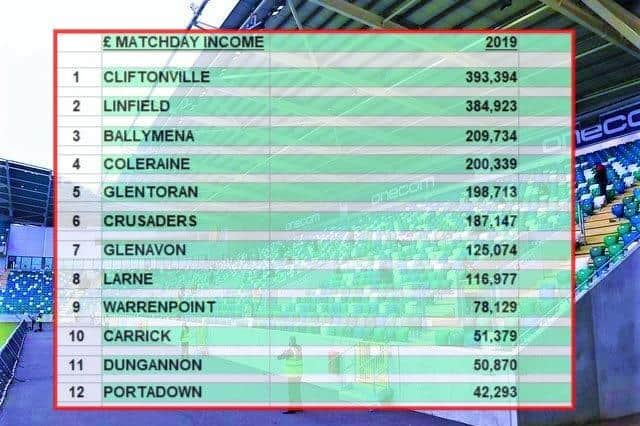

Sport NI got each club to justify its bid for grant money by sending the following:
Advertisement
Hide AdAdvertisement
Hide AdIncome from matchdays, club memberships, competitions and events, hospitality, sponsorship, Covid grants, ordinary grants, and ‘other’ sources.
Clubs also had to list spending on salaries and wages, matchday costs, competitions and events, hospitality, and all ‘other’ outgoings.
The News Letter has chosen to highlight four areas: wages, sponsorship, matchday takings – all from 2019 – as well as overall surplus vs loss.
These are all show in the “financial league tables” accompanying this story.
Advertisement
Hide AdAdvertisement
Hide AdFor the last category (profit/loss), the News Letter calculated the average for each team across the years 2017, 2018, and 2019.
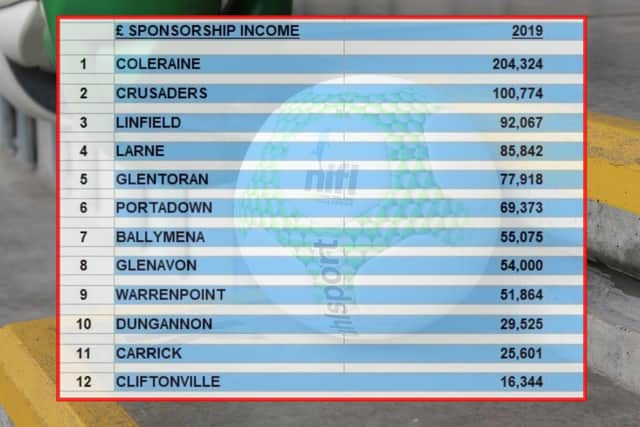

That’s because this is the most important category of all, and averaging it over three years takes account of what can be big differences from season to season (like if a club needed do lots of repairs during one season, or spent a one-off chunk of cash on building new facilities).
Some caution needs to be taken when interpreting all this rare information.
According to Sport NI, the way information was logged could vary from team to team.
Advertisement
Hide AdAdvertisement
Hide AdFor instance, matchday income generally means ticket sales on game day.
However it could also include match programmes, beer and food bought in the clubhouse, and possibly season ticket income too, depending on how each club filled in the data.
Meanwhile sponsorship from individual games could have ended up in the sponsorship category, or some teams could have put it into the matchday income category.
But all the same, whilst there are a lot of caveats, these numbers still offer perhaps the clearest glimpse yet into the sometimes mysterious business side of our Irish League.
More from this reporter:
Advertisement
Hide AdAdvertisement
Hide Ad——— ———
A message from the Editor:
Thank you for reading this story on our website. While I have your attention, I also have an important request to make of you.
Advertisement
Hide AdAdvertisement
Hide AdWith the coronavirus lockdowns having had a major impact on many of our advertisers — and consequently the revenue we receive — we are more reliant than ever on you taking out a digital subscription.
Subscribe to newsletter.co.uk and enjoy unlimited access to the best Northern Ireland and UK news and information online and on our app. With a digital subscription, you can read more than 5 articles, see fewer ads, enjoy faster load times, and get access to exclusive newsletters and content.
Visit
https://www.newsletter.co.uk/subscriptionsnow to sign up.
Our journalism costs money and we rely on advertising, print and digital revenues to help to support them. By supporting us, we are able to support you in providing trusted, fact-checked content for this website.
Ben Lowry, Editor